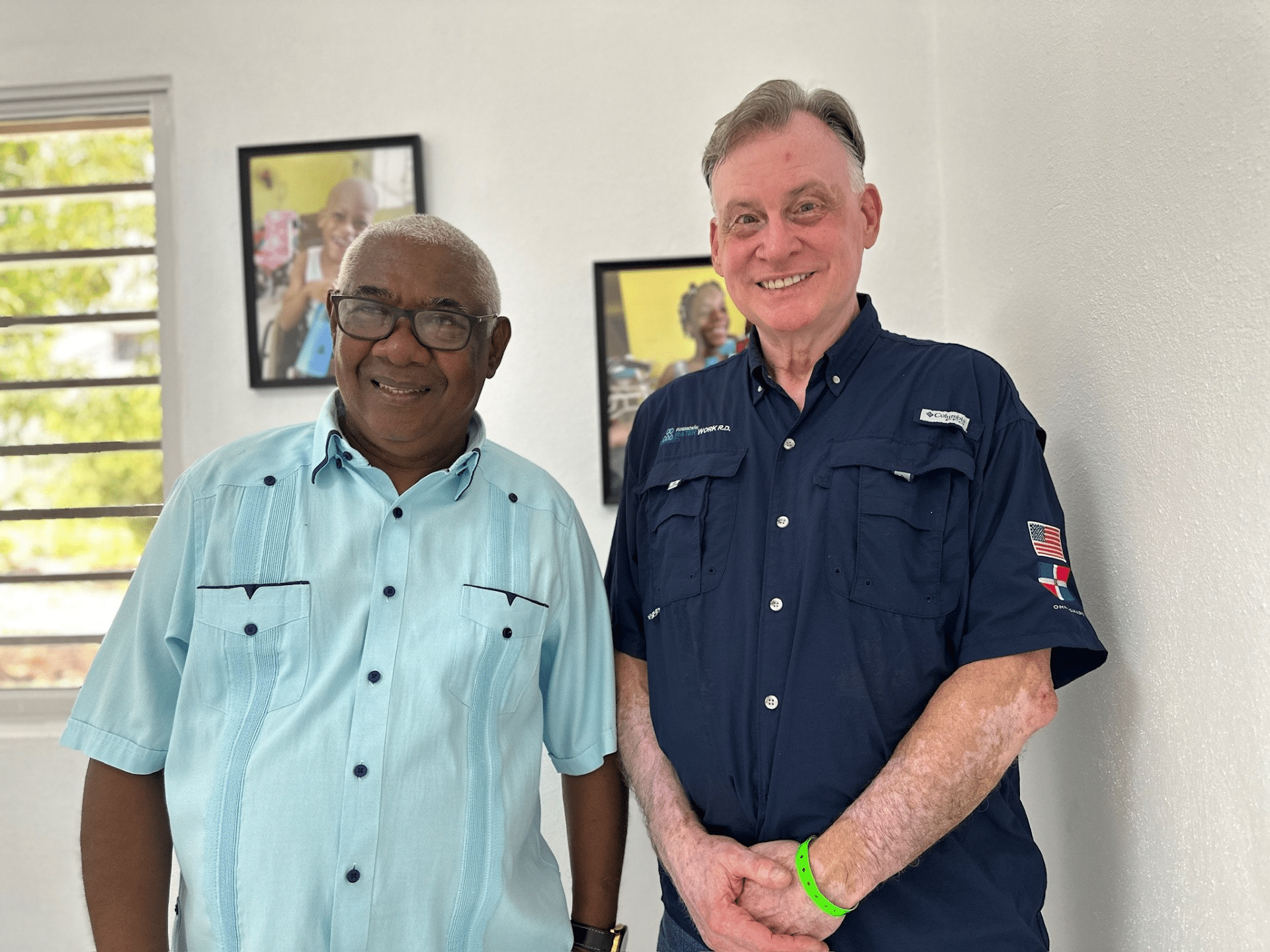Water at Work Ministry, an Atlanta-based charitable organization dedicated to providing clean water solutions to communities in the Dominican Republic, is proud to announce its partnership with House of Light Orphanage, a haven of care and education to 40 orphans with disabilities.
Together, these faith-based organizations are inaugurating a sustainable water production business to ensure access to safe water for the orphanage residents and the surrounding communities in Ciudad Juan Bosch.
This business will help sustain House of Light’s mission to provide nurture and education to children, many of whom have experienced physical and cognitive challenges since birth and abandonment by their families.
A dedication and grand opening ceremony for the water plant was held on Tuesday, May 14, with representatives attending from Water at Work Ministries, Rotary International, Be an Angel Foundation, the local Bella Vista Rotary Club, House of Light Orphanage and the local community.
With the opening of Water at Work’s new sustainable water plant, the House of Light Orphanage will have a consistent and reliable source of clean water to meet the needs of the orphans and the surrounding community, ensuring access to water that is safe for drinking, cooking and personal hygiene.
The plant has a production capacity of 5,500 gallons per day, and is designed to be a sustainable business that will generate revenue through water sales. Clean water will be produced and affordably sold in five-gallon bottles in the surrounding communities.
Profits generated by the water business will defray the orphanage’s expenses, thereby contributing to its continued viability and moving it toward financial independence.
This project is just one more example of how this Atlanta-based nonprofit organization is working to empower and elevate local economies in the Dominican Republic.
Over the past decade, Water at Work has established eight fully-functioning water plant businesses across the DR. Each partners with local churches with the goal of meeting people’s physical needs through water and their spiritual needs through the Living Water of Jesus.
While many people think of the DR’s pristine beaches and resorts, locals know that poverty is rampant in many parts of the country and countless people have limited access to basic needs, including clean water. With the ongoing crisis in neighboring Haiti, ministries like Water at Work are more needed now than ever before.
“The partnership between House of Light Orphanage and Water at Work represents a significant step forward in addressing the critical need for clean water in underserved communities,” says Water at Work Executive Director, Dan Blevins, resident of Peachtree Corners.
“By leveraging sustainable technology and innovative solutions, both organizations will make a tangible, life-giving difference,” he added.
Water at Work Ministry
Email: audrie@wateratworkministry.org
Phone: 404-465-1447

